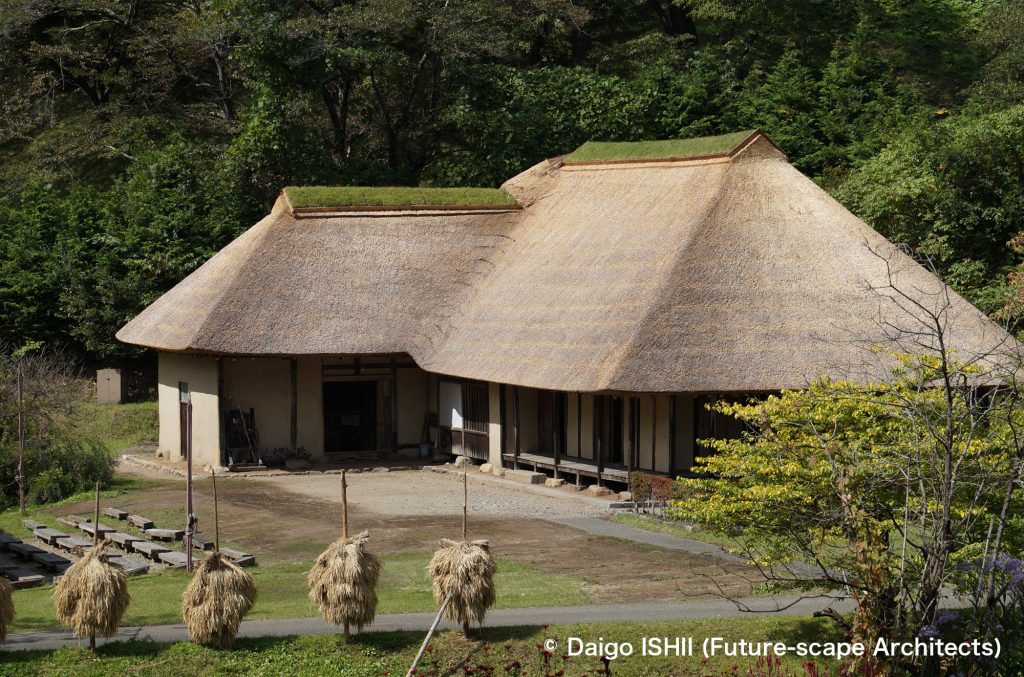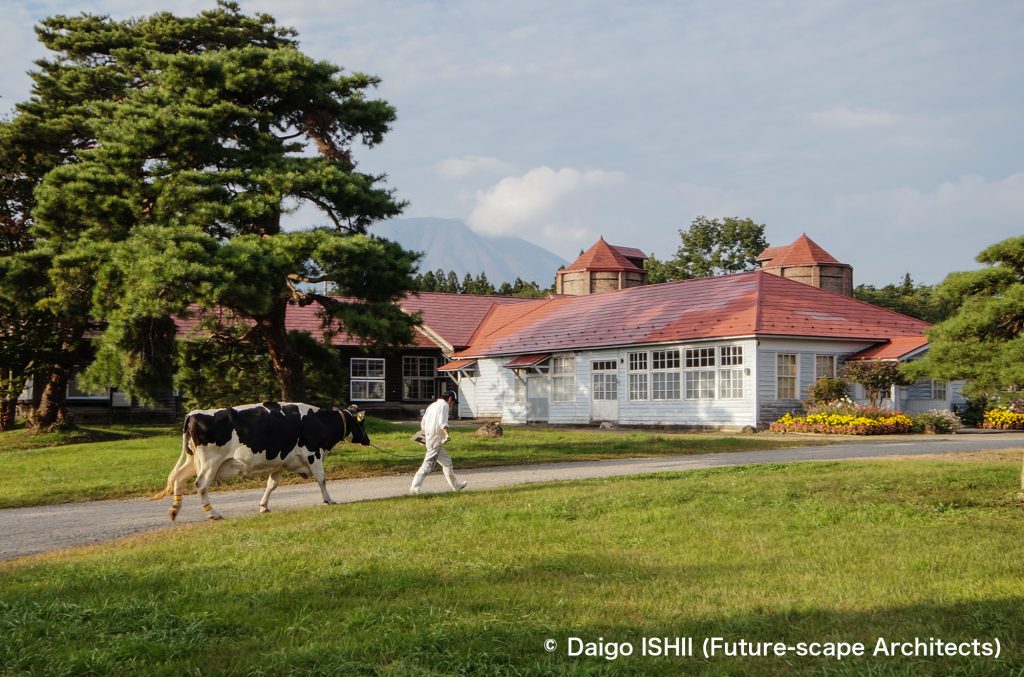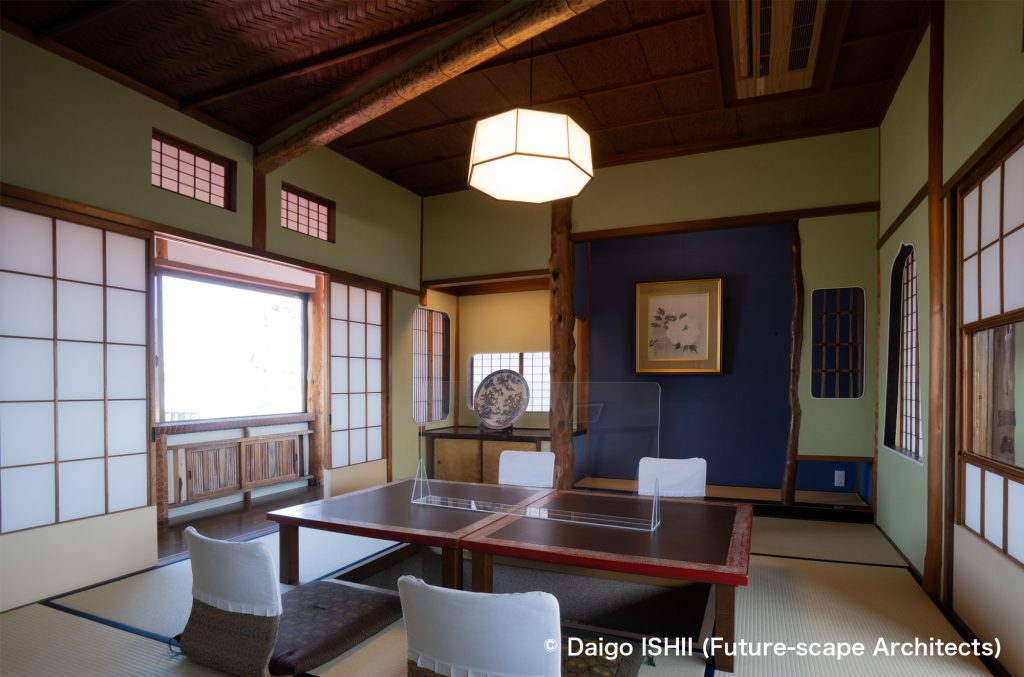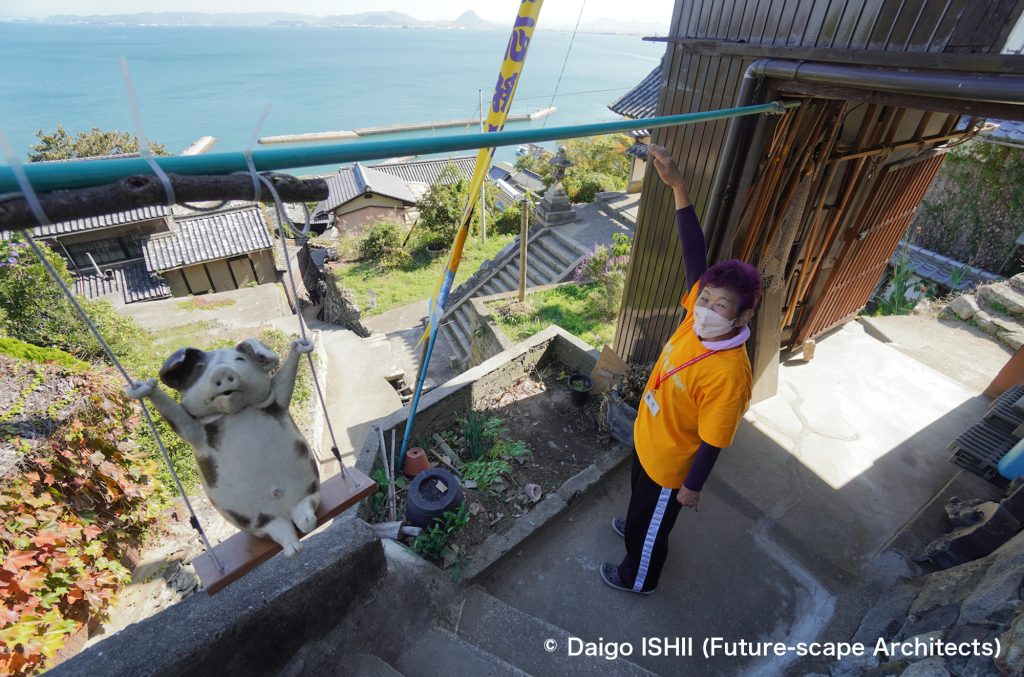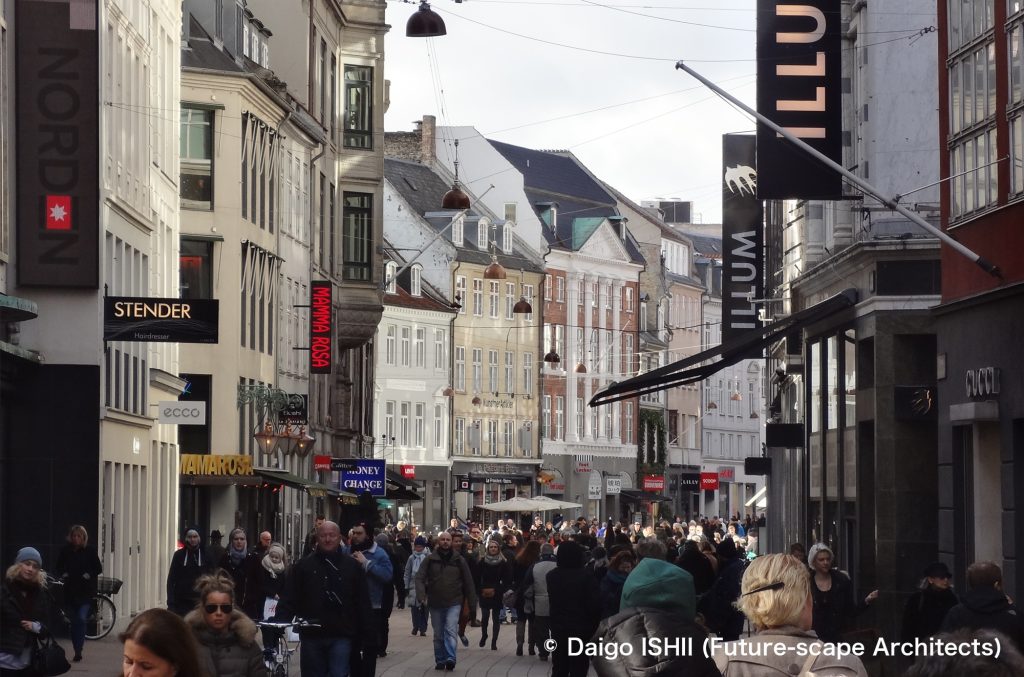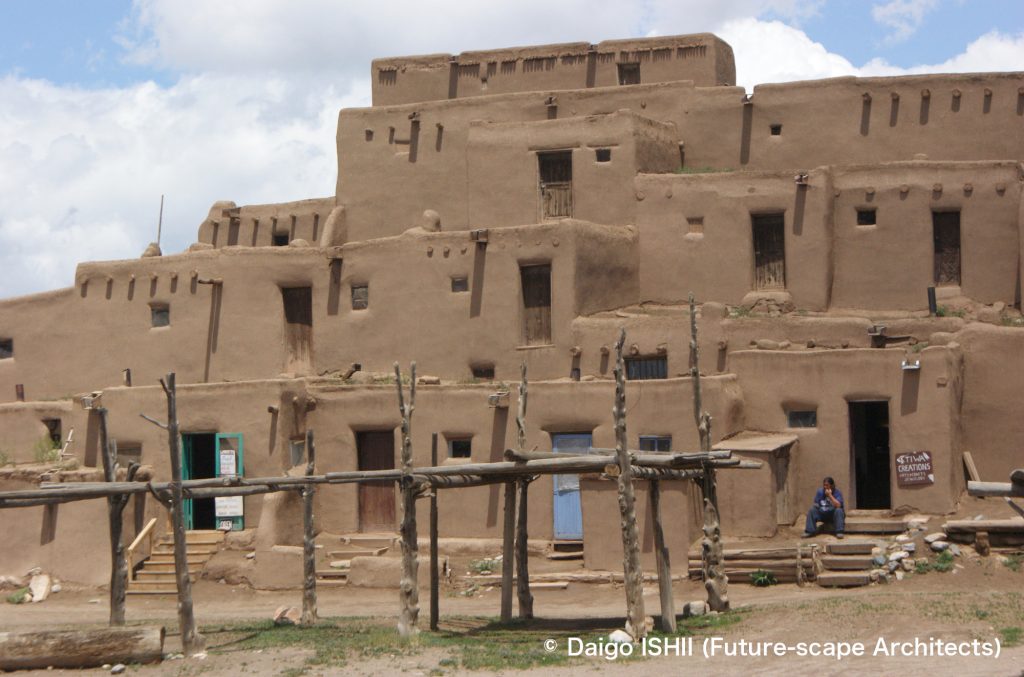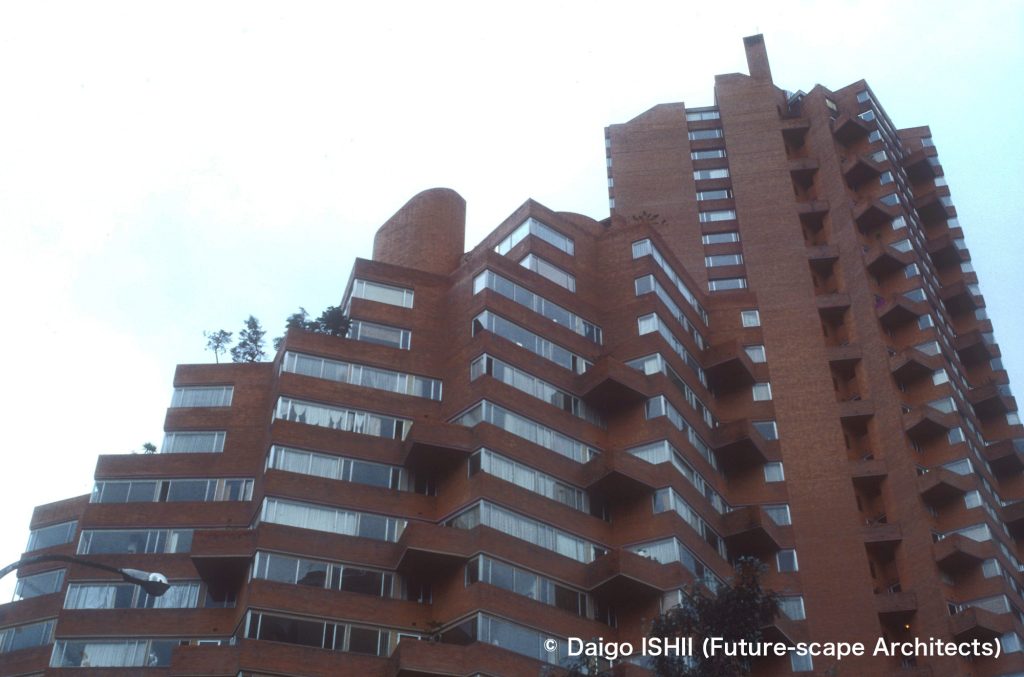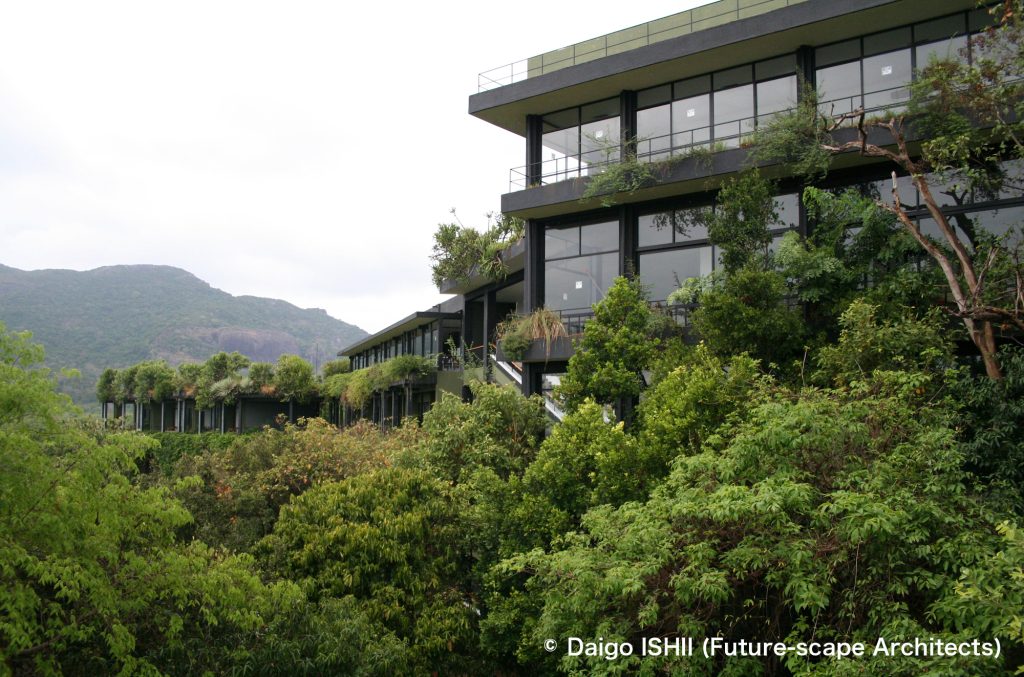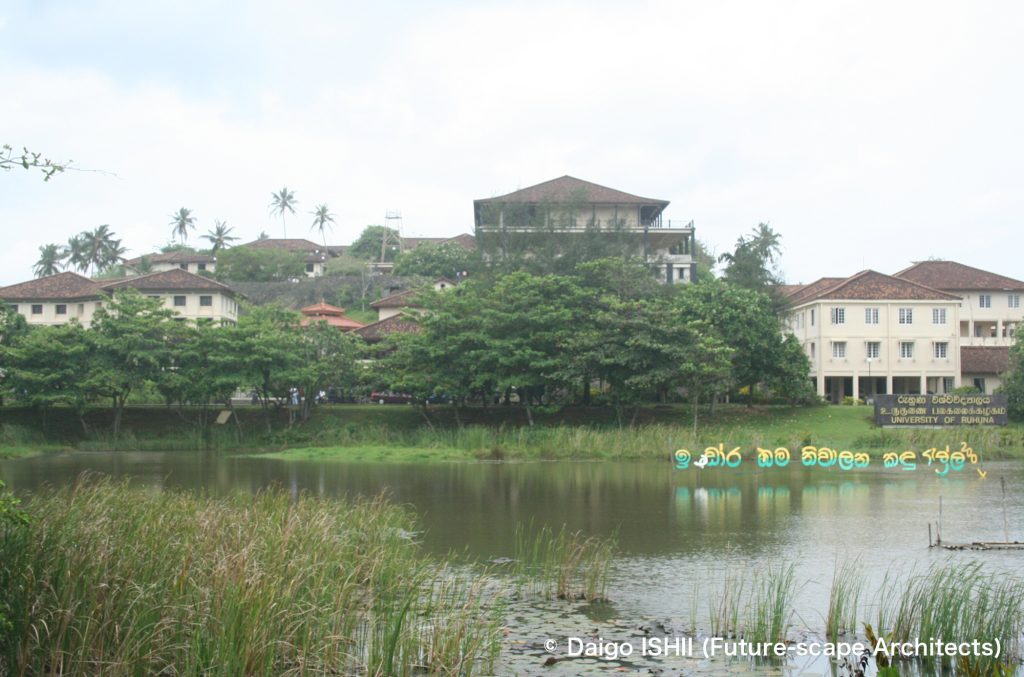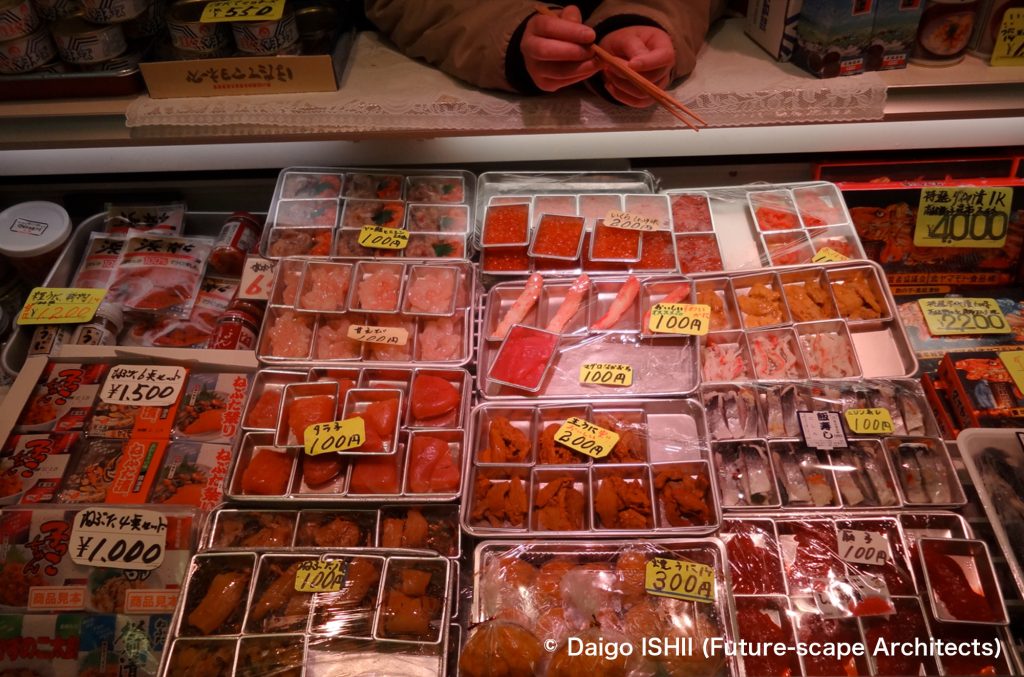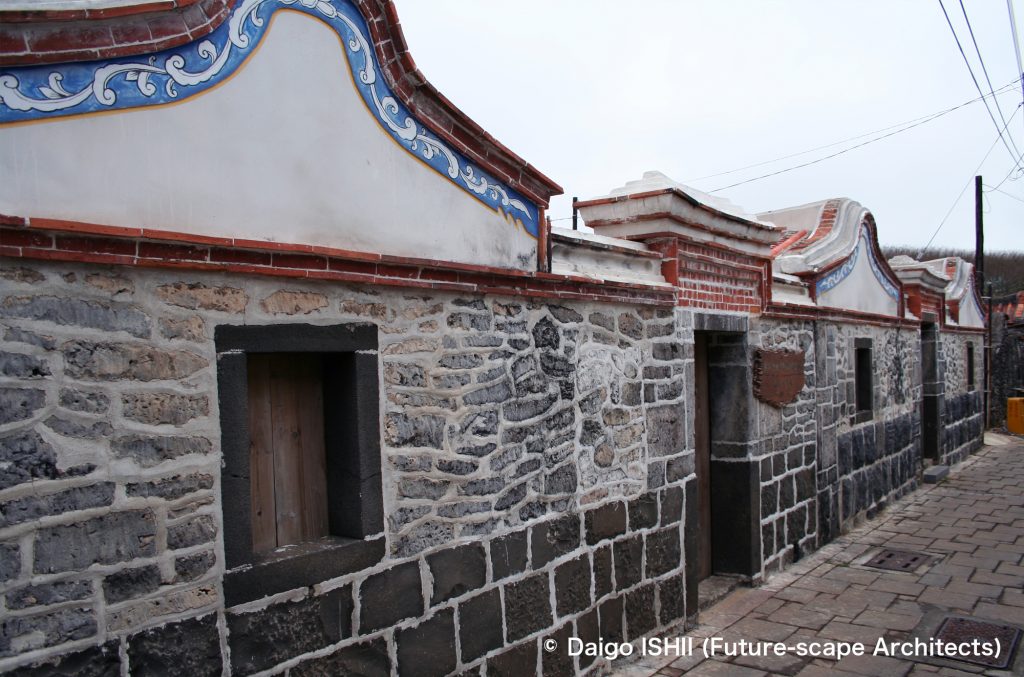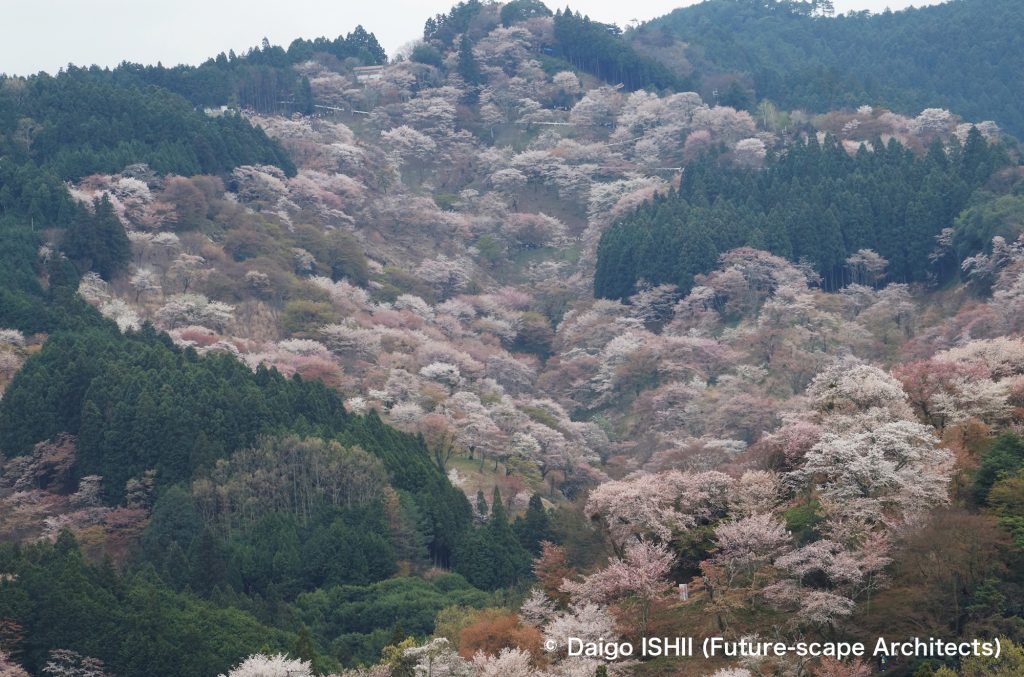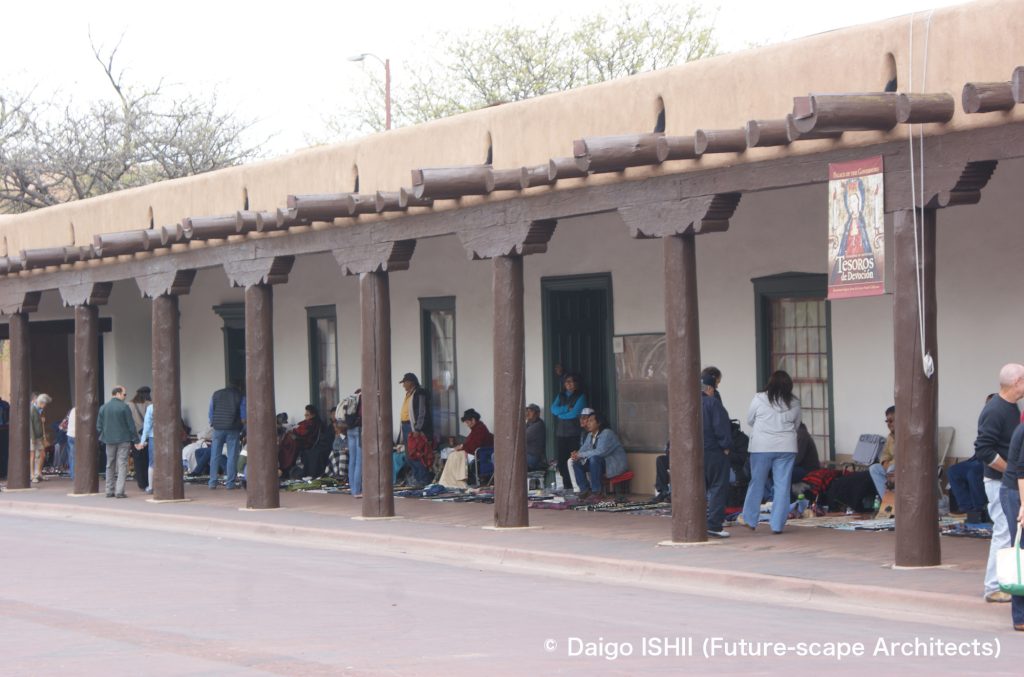After more than 30 minutes' drive from the last village through the mountains, a magnificent plateau appeared. A lot of horses were on the gentle mountain ridge covered with grass. It was the Arakawa Kogen Pasture, which was designated as a national important cultural landscape.
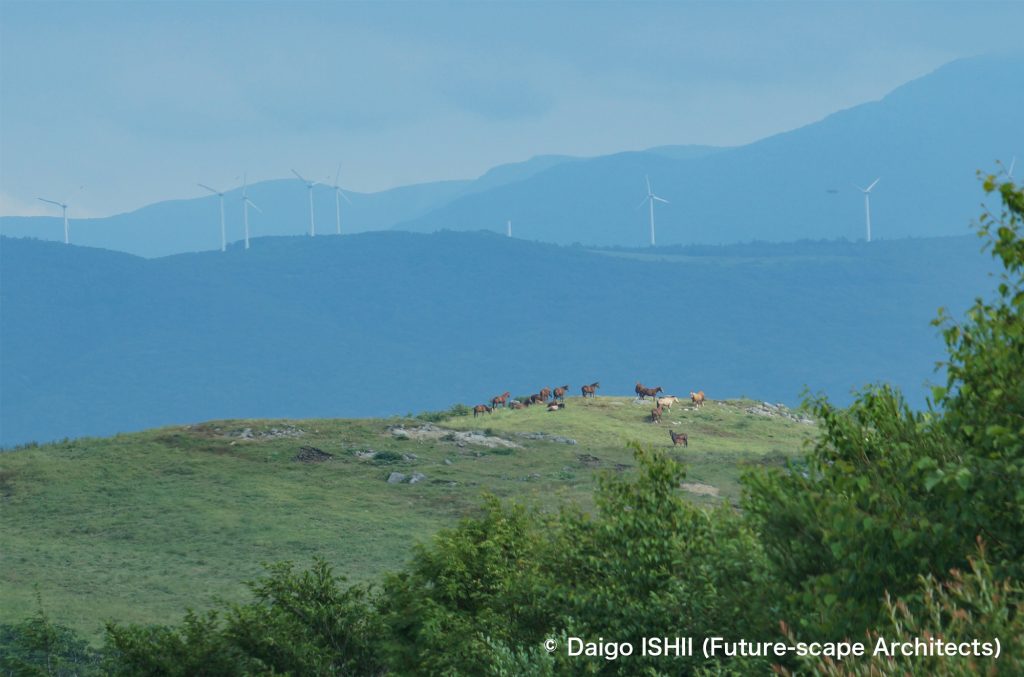
Once, the horses were grazed in the mountains in summer and returned to the village to live in a Magariya House in winter. Now, they live in a barn now during the winter. This pasture is a place to inherit the stock-raising system called Natsuyama Fuyusato (pasturing cattle in summer and feeding them indoors during winter).
In the mountainous areas of Iwate, farmers raised cows and horses borrowed from large landowners, and when calves and foals were born, the farmers shared the sale price with the large landowner. Cattle were used exclusively for farming and transportation in the steel industry, and horses were shipped for war and transportation use. The Nambu Clan before the modern period specially encouraged horse production. Since raising cattle and horses required a large amount of pasture, they grazed on the landowner's mountains in summer. In return, the farmers contributed to the landowner's farmland cultivation and forest care. The system that local economy had intricately connected with nature through cattle and horses almost disappeared after the World War II. Now, the part of Natsuyama Fuyusato-style livestock farming barely remained here.
The Arakawa Kogen Pasture where I visited had no houses, no people, and no cars passing by. Except the road that passed the plateau, there were only horses and greenery (but wind power generation's mills were built recently beyond the valley). The fence between the road and the pasture seemed to separate not the horses but the humans. Neither horses were acting alone, nor horses came near the road. That would be a horse's habit? A horse society by horses existed in a place far away from human existence, and I felt like I was in the horse kingdom.
Now it is rare for horses to work. This pasture, where they can freely run around the mountains from mid-May to October every year, must be an ideal environment with less stress for animals than in the past.
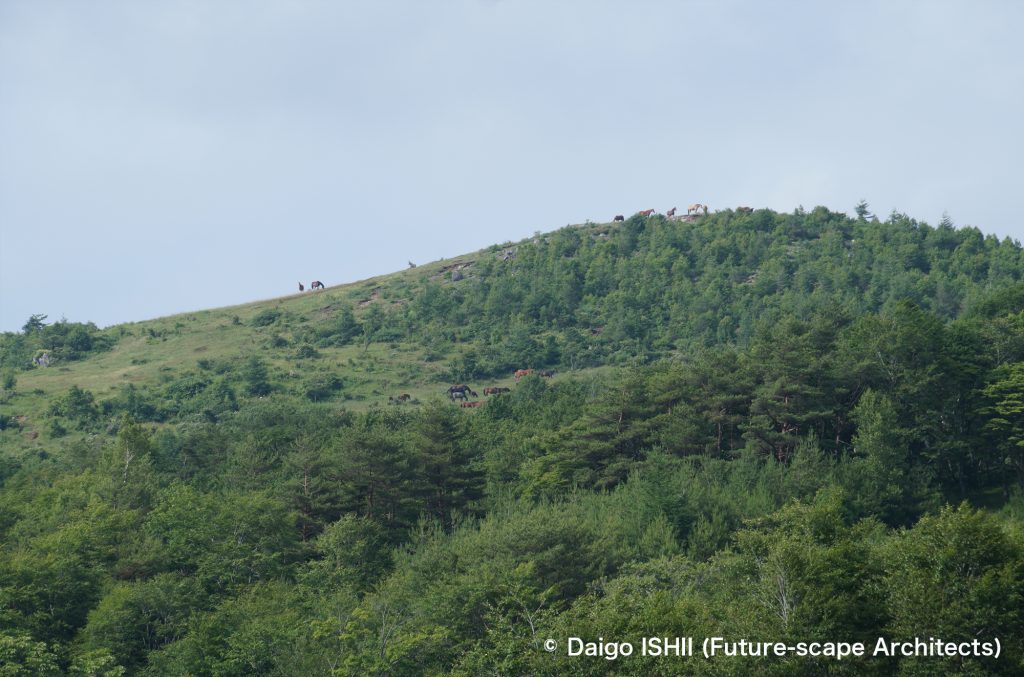
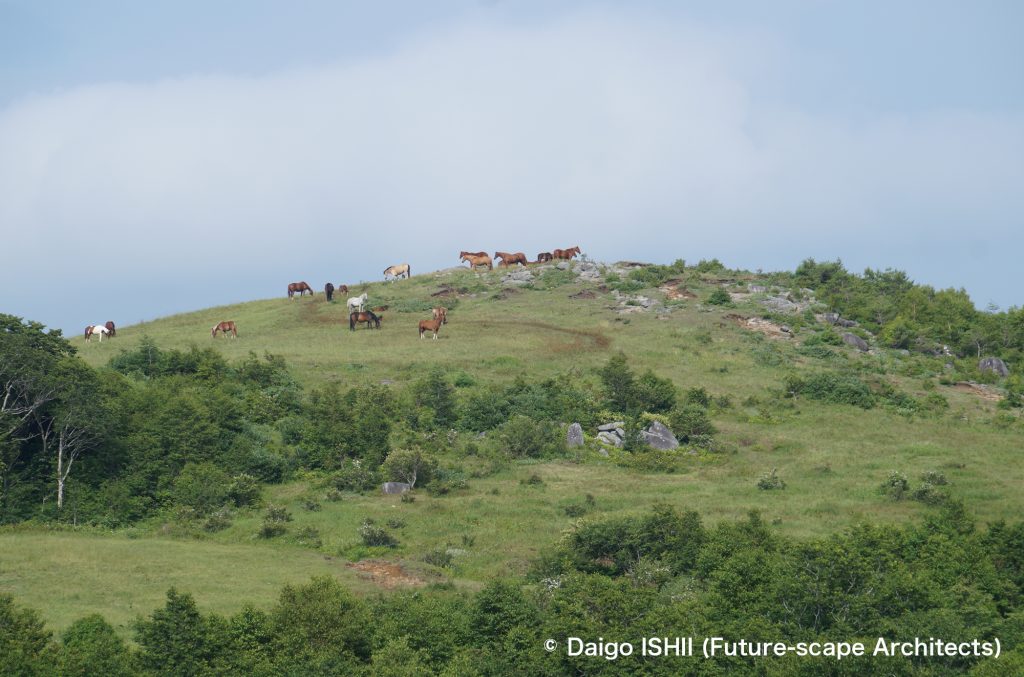
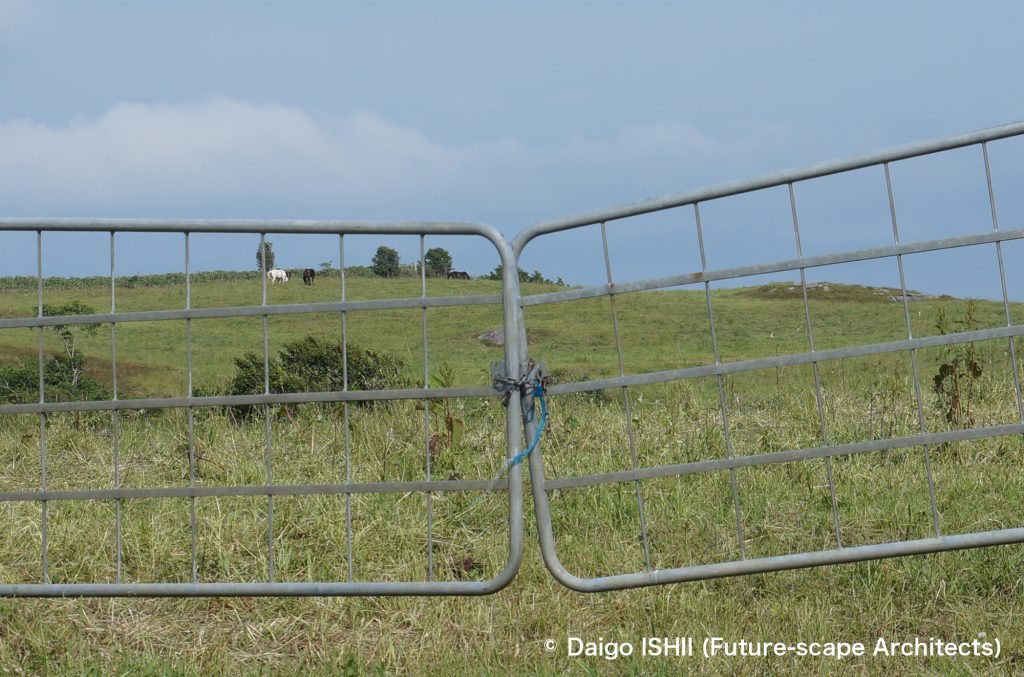
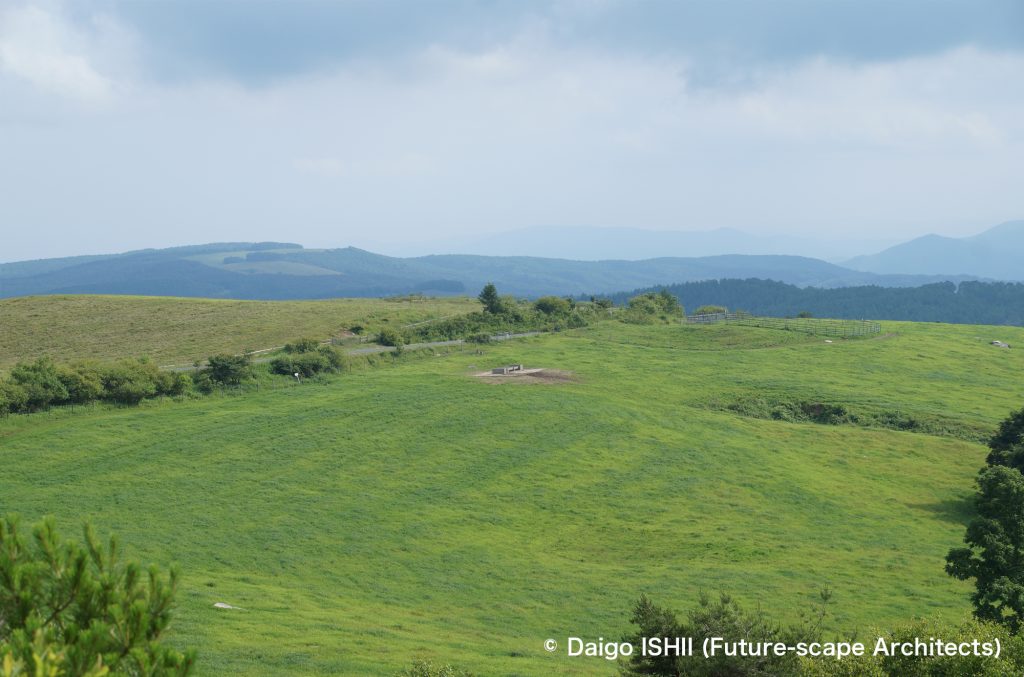
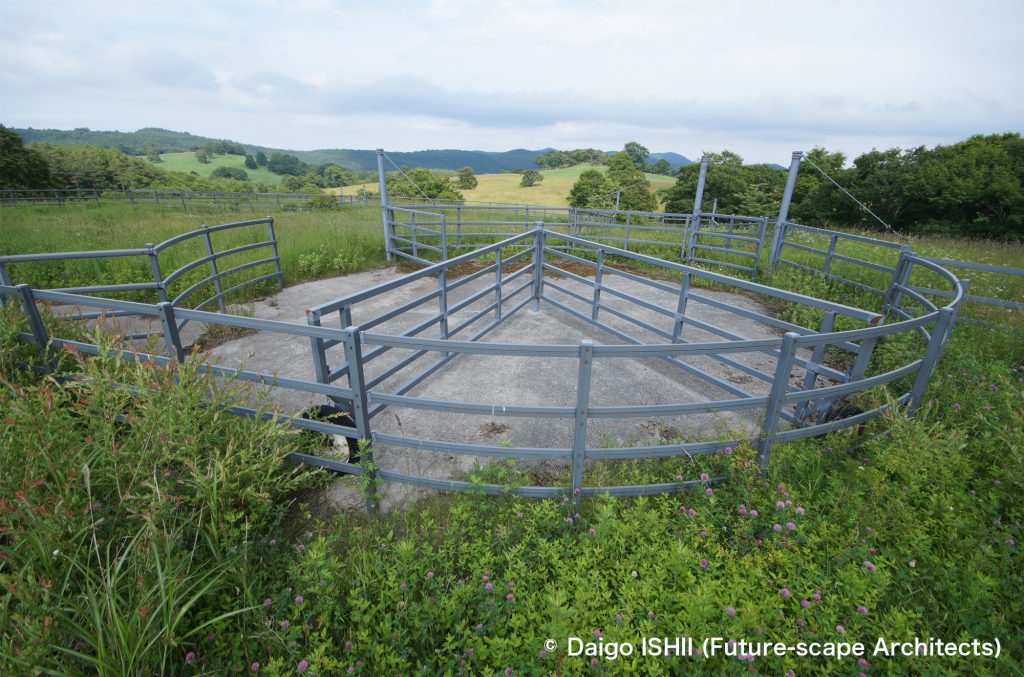
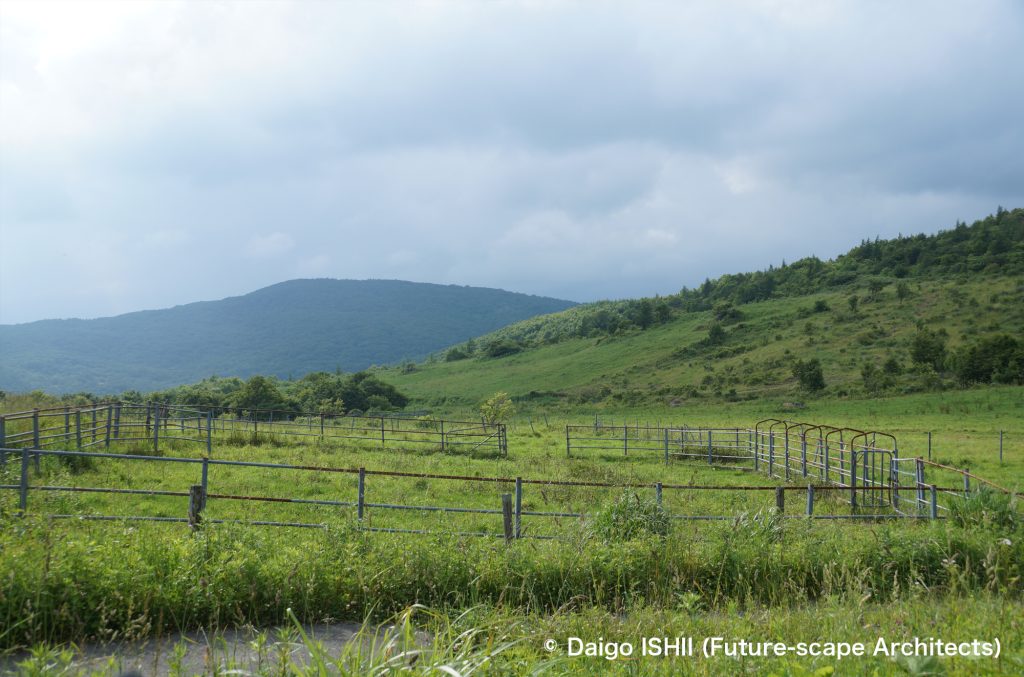
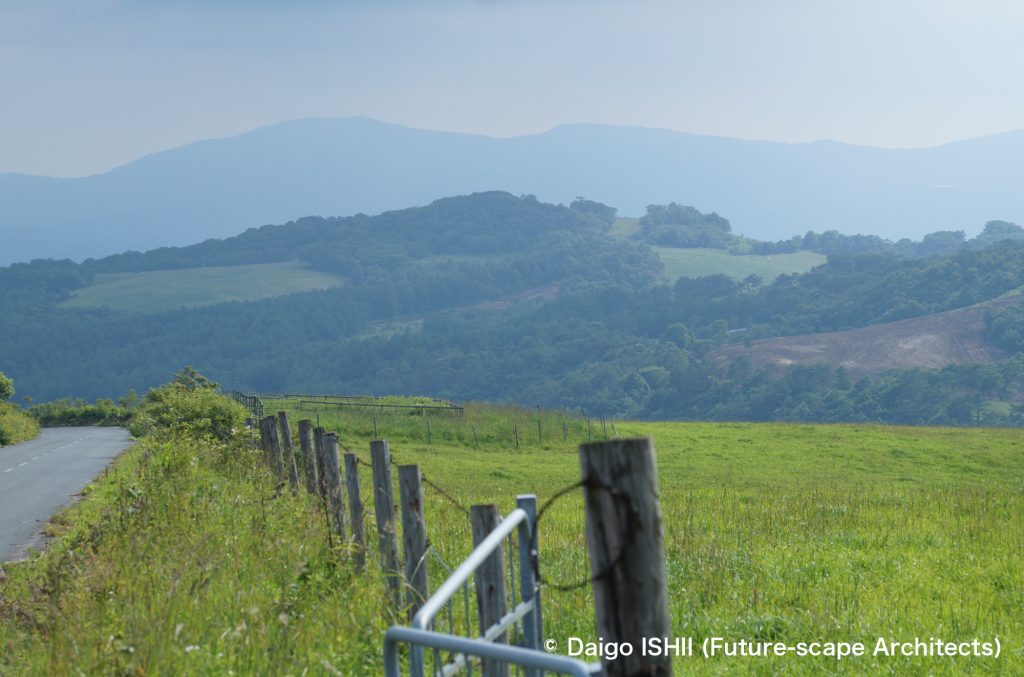
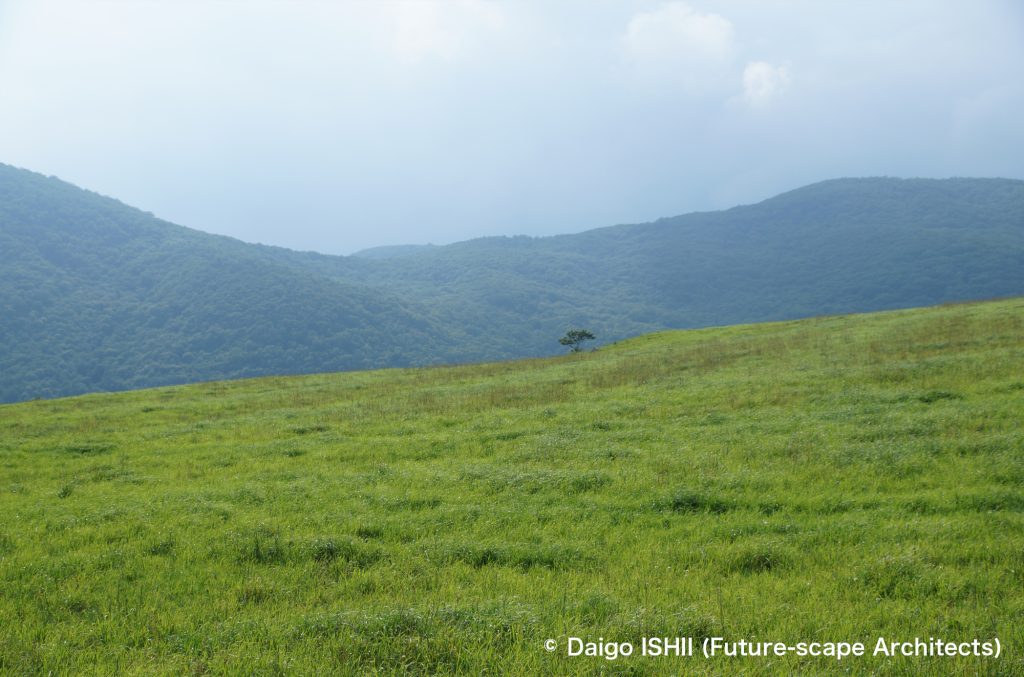
Click here for your impressions
reference
”図説 岩手県の歴史”(細井計,河出書房新社,1995)
”馬とくらし”(遠野市立博物館,1990)
”南部曲り家読本”(瀬川修,無明舎出版,2007)
”大人の休日倶楽部 2016年5月号”(JR東日本,2016)
荒川高原牧場のホームページ
文化庁 文化遺産オンライン
Wikipedia
Please do not use or upload our photos without permission.




